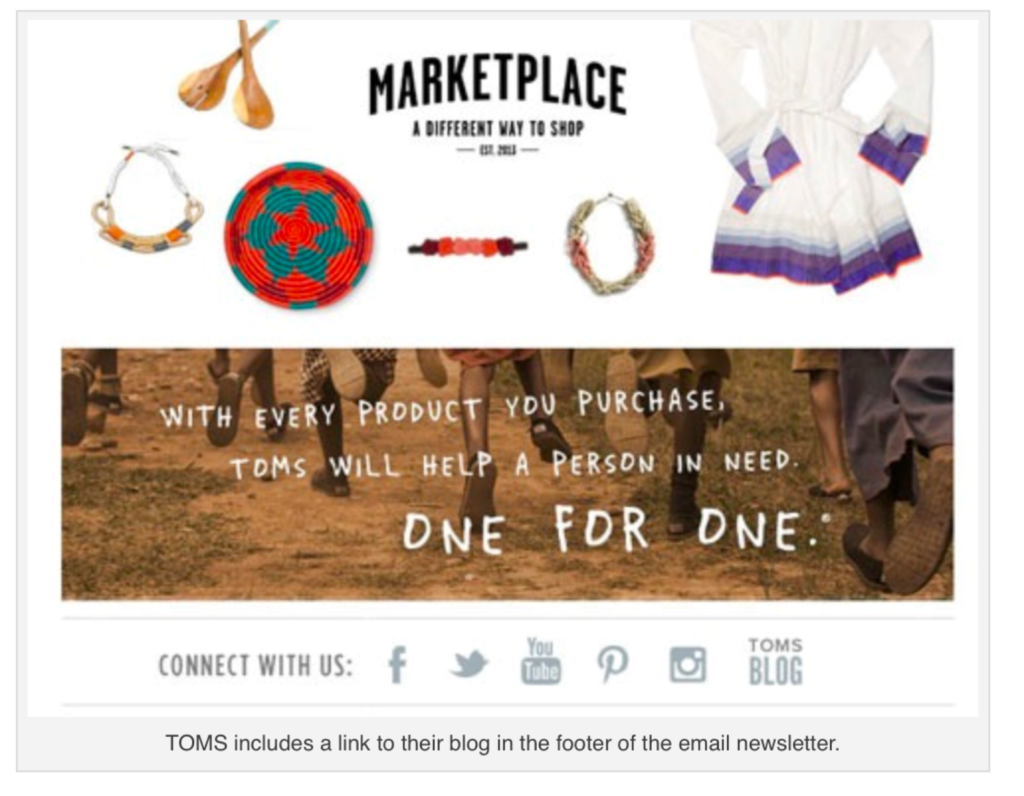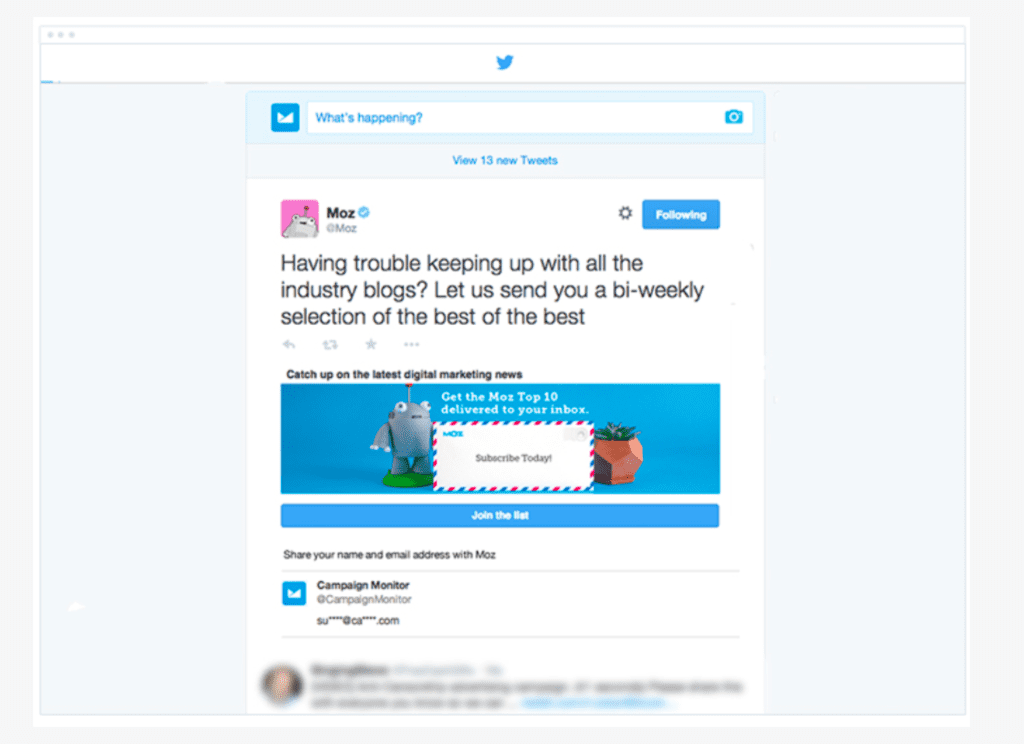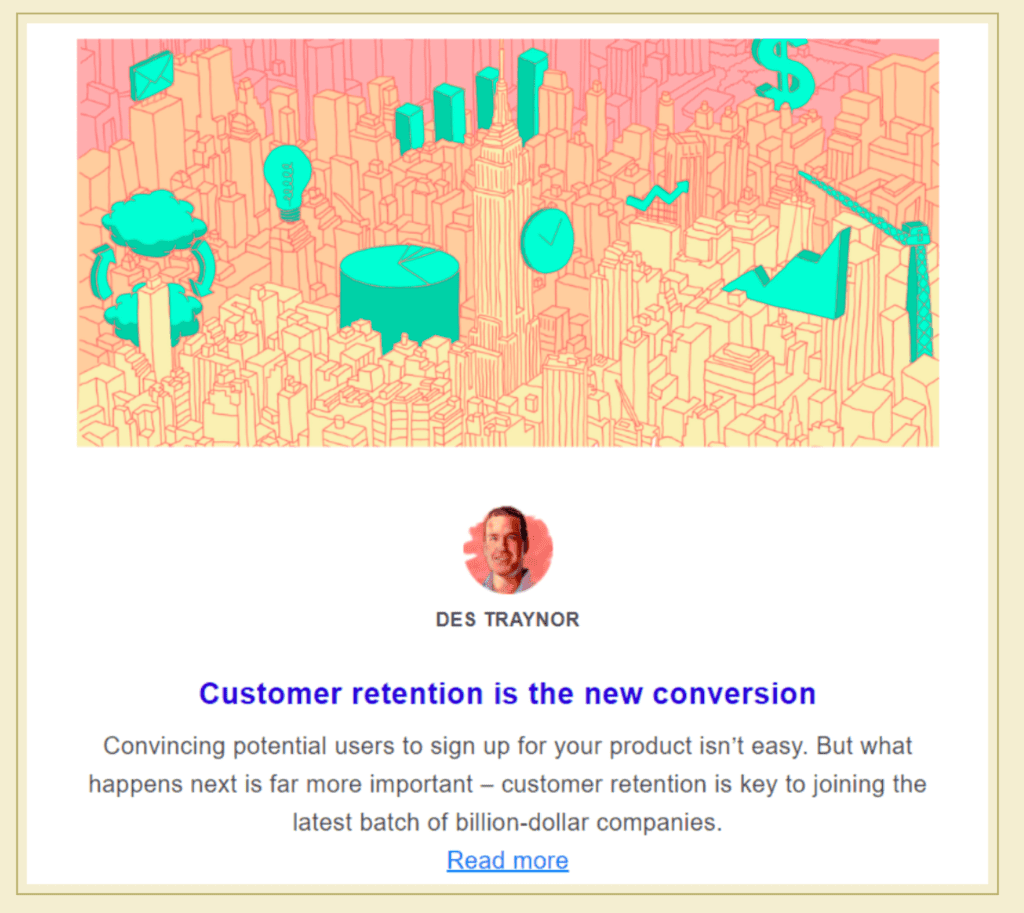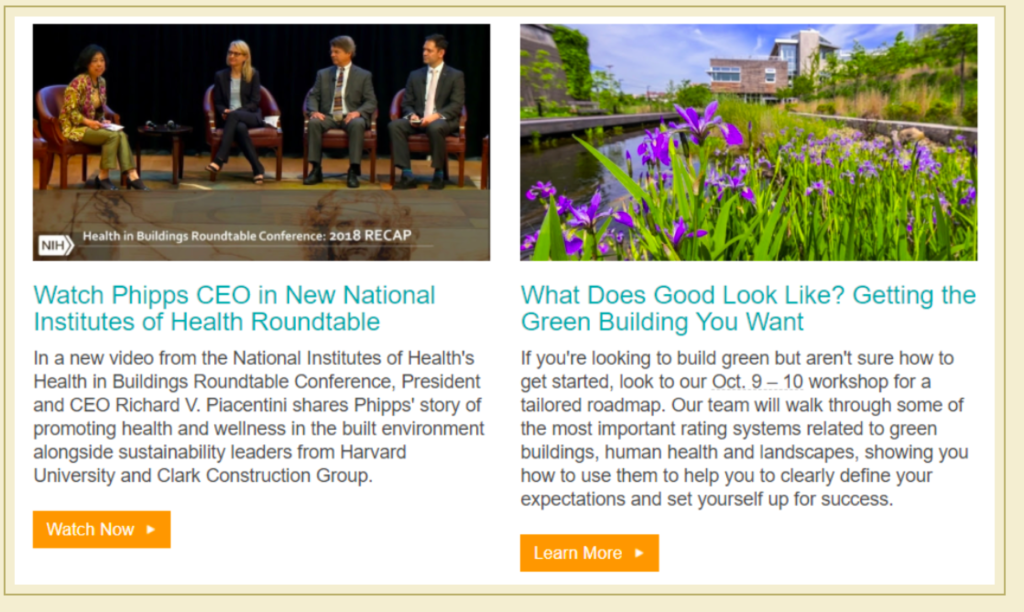In today’s omnichannel, multiple-device-driven world, combining marketing strategies offers businesses a way to increase return-on-investment (ROI) by leveraging the positives of each channel to offset inconsistencies. Tightening your focus on your audience’s wants and needs is even easier when you use these two strong, relationship-building strategies to deliver timely, educational, and educational content. Let’s take a brief look at how email and content marketing strategies can be used together to become a more powerful and useful marketing tool.
Content visibility is key for marketing success. If your audience isn’t seeing your content, you’re not growing momentum, converting leads, or developing your brand story. And using email is a critical way to get your content placed directly in front of your prospects — fast.
In fact, at least 20% of marketers say that email forms a direct link to their primary source of revenue. Importantly, while your reach and visibility through search engines and social media can fluctuate based on algorithm changes, email reach is directly connected to the strategies and content you deploy.
Using email and content marketing together means you’re not held captive by search engines’ changing baselines and the combination puts you in direct control of your audience’s attention.
A strong email marketing plan matches customers with your content, putting your website directly into their inbox and bypassing search engine algorithms.Your email list then becomes a primary marketing asset, assisting you in disseminating targeted marketing to information-hungry subscribers and future customers.
Here are a few actionable ways to make the most of your email marketing plan to increase content visibility:
Got a blog? You should.
And, once you do, you should let all of your prospects know where they can find the amazing content you’re creating just for them. There’s no better way to do this than by letting already-interested subscribers to your email list know where to locate your blog.
Here’s how Tom’s manages this in their email marketing campaign:

Image: Social Media Examiner
They’ve created a “Tom’s Blog” icon and placed it alongside their other social media icons where it’s sure to be seen.
This brings us to the next actionable task — sharing your high-quality content on social media through email.
If you’re sharing targeted content to your email subscribers, you’ll want them to pass it on to generate even more leads and improve marketing efforts.
This is a smart plan. Research shows that 92% of consumers are going straight to their peers for purchasing recommendations when it’s time to buy. By including social media icons in your next email marketing campaign that includes content, you’ll take full advantage of that statistic.
You can do this by placing social media icons prominently in your email, like this:
![]()
Image: Campaign Monitor
Or, you can catch your email subscribers right in their social media timeline and allow them to sign up for the relevant content you’re producing without even leaving their social media platform:

Moz does this nicely, using Twitter cards. In this example, you can easily sign up to their bi-weekly curated article email that gives you the top 10 most influential articles in their industry. The fewer actions your audience has to take to get to what they want, the more likely they are to act and the better their experience will be with your brand.
Email newsletters allow you to keep your audience filled in on your latest — and greatest — content. They’re affordable to create and can help you increase your engagement with prospective customers. To make this work, though, newsletters need to provide high-quality, valuable content. The example we used in the previous point, from Moz, showcases their curated newsletter.
Here’s another from Intercom.com:

Image: ShawnGraham.com
Simple, straightforward content with an attention-grabbing hook makes this email marketing newsletter a must-click.
And here’s another from Phipps Conservatory that highlights events, speakers, and articles that focus on sustainability issues.

Image: ShawnGraham.com
Notice that they’ve got two pieces of content showcased — a company-specific piece and one that helps their audience learn something new. If one article doesn’t appeal, the other might still hold their attention. This strategy can also help to segment your audience into more finely-targeted strata.
Emails make a great vehicle to share intriguing, dynamic video content. Using the word “video” in your subject line will alert readers to what’s inside, and creating a series of email videos is a great way to keep customer interest — and attention.
Videos can provide a “mini-tutorial” for subscribers, introduce them to the personality of your brand, and get them engaged.
Not only is video content compelling — and interesting to subscribers, it’s also effective. In fact, social video generates 1200% more shares than just text and images, and, in an email, it leads to a click-through rate increase of 200-300%.
While there are numerous other ways to incorporate content in your email marketing, these four represent a good starting point for most marketers.
Now let’s take a look at an example of what a combined email/content marketing strategy can do for your business.
Using email to deliver topical, strategic information to a targeted, stratified customer base can increase engagement and conversion rates.
One company discovered this powerful asset when they made changes in their marketing strategy to allow email marketing to take the lead in content delivery. Elsevier, a company that provides technical, medical, and scientific information services and products, began communicating with its prospects through email. It’s a move that encouraged decision-making changes that provide their sales team with higher quality leads. When this information-based company stepped up their marketing strategy with this potent combination of techniques, they did so in several stages.
The company had a large database of generic contents. Through targeted content delivered by email, they were able to determine what kind of content each prospect was most interested in. Then, the marketing team could develop a profile that allowed them to understand where the prospect was in the buying cycle using their interest levels.
After segmentation, Elsevier’s marketing team created an elaborate flowchart of triggering behaviors and associated emails to fine-tune the email conversation with laser-focused content.
The content delivered in the email was designed to delve deep into what made prospects “tick.” A call-to-action (CTA) inside the email was directed to one or more pieces of website content. Depending on what content the prospect clicked on, another email would be sent that was even more focused on that content type, further drawing the prospect into the buying cycle.
Prospects received lead-nurturing emails that delivered targeted content that was buying-process dependant. For example, early in the process, the content was more generic and aimed at relationship-building. Later, it focused on pain points and Elsevier’s ability to solve the prospect’s problems. The validation stage provided content explaining the inner workings of Elsevier’s solutions and customer testimonials.
Elsevier used their own content database, content created specifically for them by outside sources, and customer-created content. The results of Elsevier’s cutting-edge strategy that combined content and email marketing was outstanding. Their form completion conversion rates averaged 35% while their email open rate was 13%, with a clickthrough rate of 24%. To put that into perspective, the average click-through rate varies from 4.12% to 13.85%, dependent on industry.
Elsevier outperformed even the highest-performing industry, simply by adjusting their marketing strategy to take advantage of the combined strengths of these marketing techniques.
Content marketing is powerful — and still evolving.
And email can keep you on the cutting edge of that evolution with easy-to-modify campaigns targeted to your audience’s pain points or preferences. Using email to distribute your high-quality content allows you to keep your finger on the pulse of customer trends by tracking which content attracts, and which repels.
Email can also help you make your content more visible through social sharing and help you take advantage of new types of content creation like video marketing. Through email, you can engage, instruct, and relate to your target audience, and then change your content easily to match their preferences.
It’s clear that both email and content marketing are strong tools for a healthy, results-driven marketing strategy. And, it’s also clear that combining the two can have measurable results for your company’s bottom line.